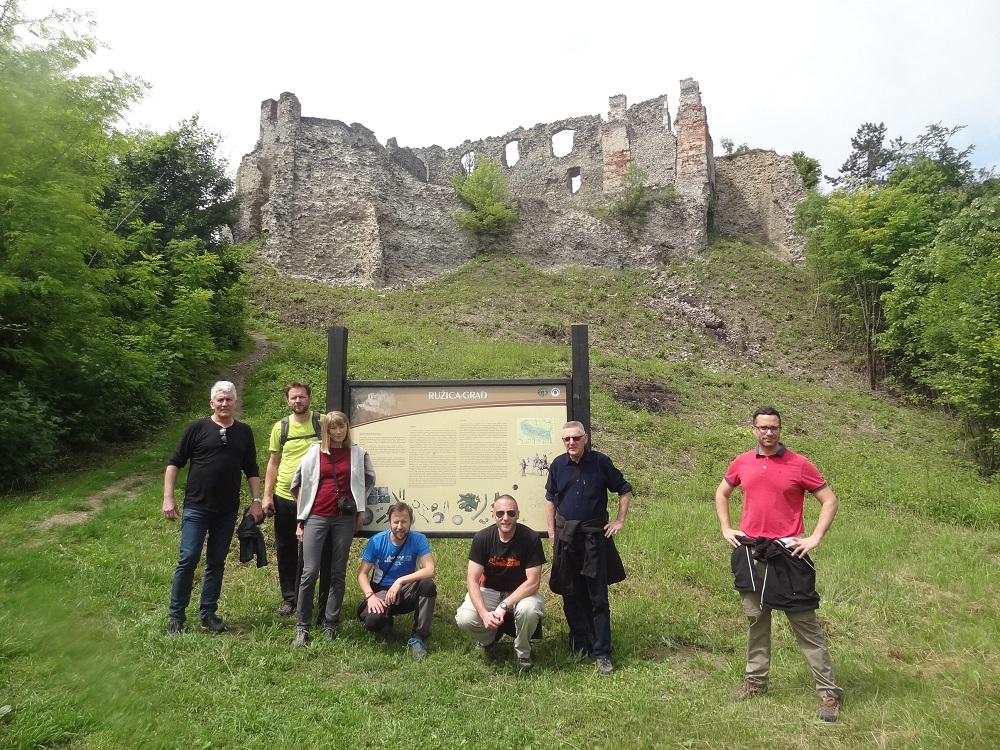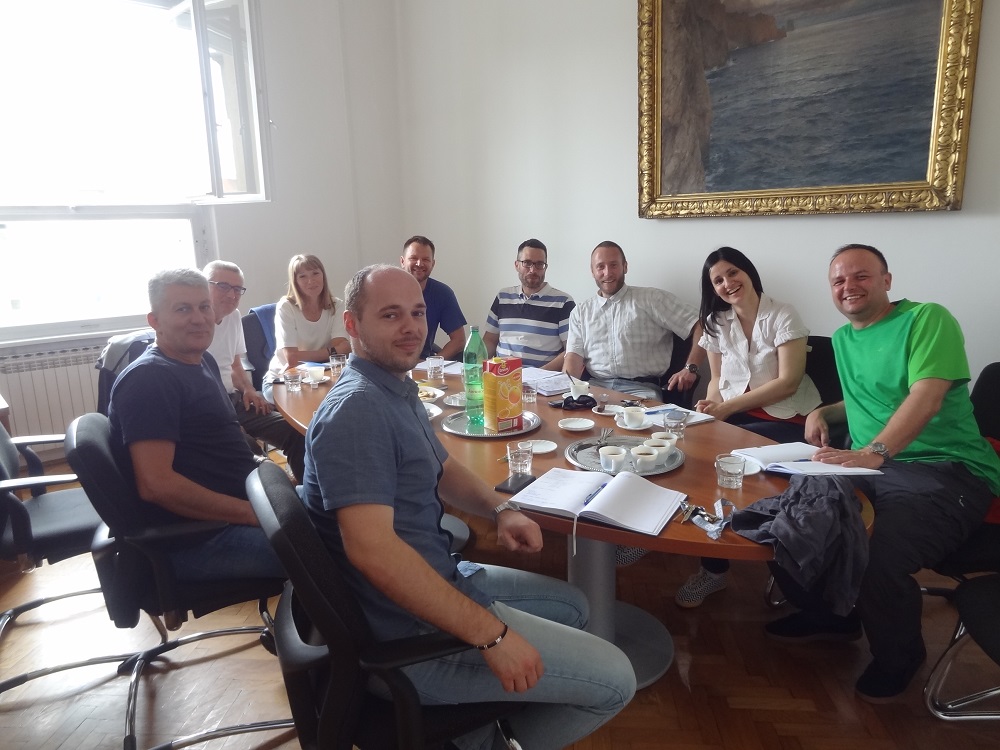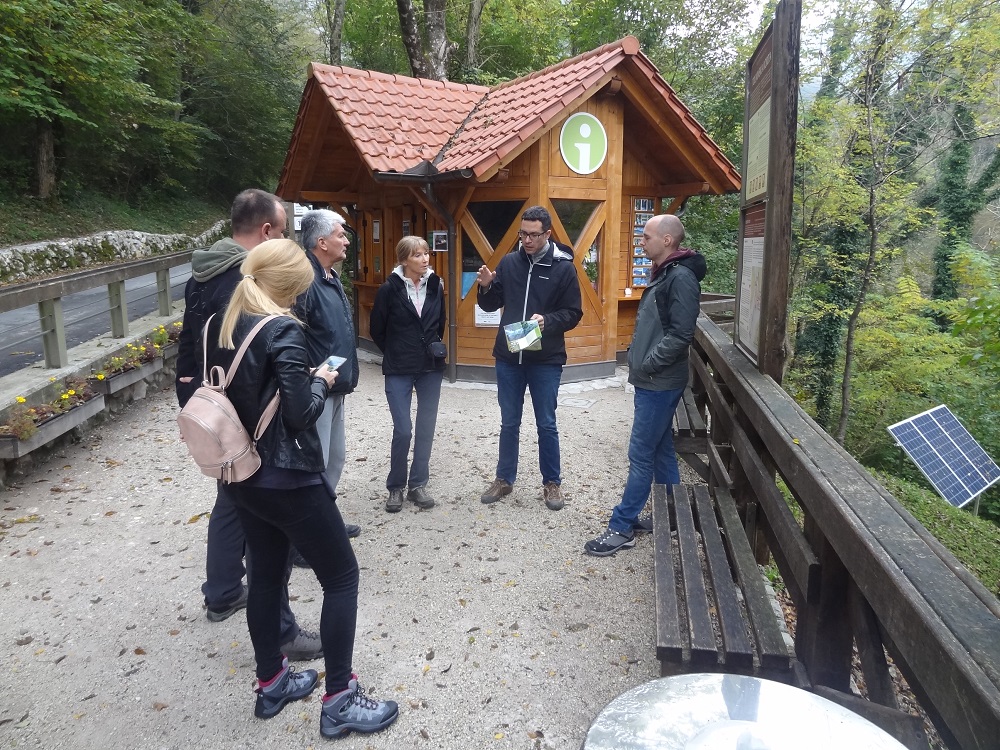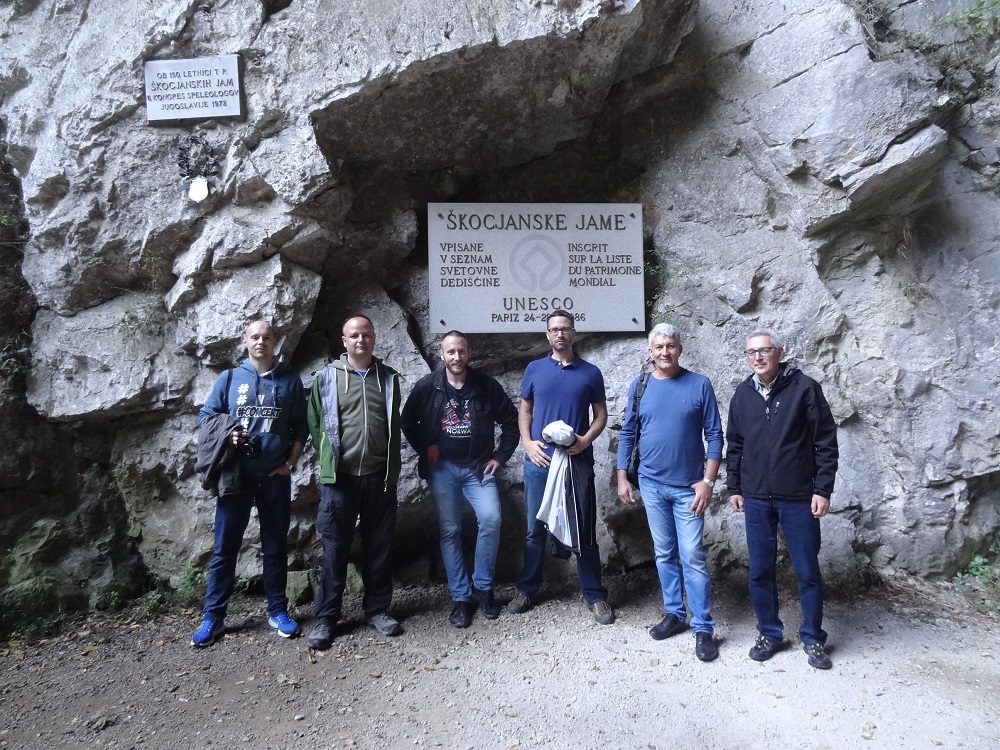A comparative analysis of tourism in protected areas of Croatia and Slovenia
Project Leaders:
prof. dr. sc. Vuk Tvrtko Opačić (University of Zagreb, Faculty of Science, Department of Geography)
Associate Professor dr. sc. Miha Koderman (University of Primorska, Faculty of Humanities, Department of Geography, Koper, Slovenia)
Duration of the project:
1.1.2018. - 31.12.2019.
SUMMARY
Through the development of tourism and recreation, protected areas become increasingly visited, resulting in both positive and negative impacts on environment. Protected areas today are facing increasing environmental conflicts between conservation and development management approaches. Among the many challenges, tourism in protected areas often lacks a background of specific research, aimed at identifying the spatial implications of tourism based on defined and measurable environment state indicators.
It is interesting to analyse the spatial development of tourism in protected areas in Croatia and Slovenia, as these two countries shared the same socio-economic context of development under the former Yugoslavia. After achieving independence, and with the unfolding of different contexts and development dynamics in the transition period, they are both full EU members today, with growing similarities in the sustainable tourism concept in protected areas.
The main goal of the project was to conduct a comparative analysis of spatial development of tourism in protected areas of Croatia and Slovenia. To achieve the set goal, several specific objectives were determined:
a) to become acquainted with examples of tourism management in protected areas of both countries;
b) to select representative case studies of protected areas in both countries, based on the protection category, and features of tourism development;
c) to systematise the methodology and set indicators to evaluate the spatial implications of tourism in the selected case studies applicable for both countries;
d) to create a spatial data basis using census data, tourism statistics data and data on holiday homes and recreation and the spatial implications of tourism in protected areas;
e) to analyse spatial development of tourism in case studies of protected areas using statistical methods, qualitative methods (detailed interviews with tourism stakeholders in protected areas in case studies) with appropriate cartographic visualisation in GIS and graphic presentation of data;
f) to outline suggestions and recommendations for further development and integral management of tourism in protected areas of both countries.
At project team meetings, the research results from the Croatian and Slovenian side were exchanged and representative case studies of protected areas selected in both countries (goal b), the methodology and indicators for evaluation of spatial implications of tourism applicable in both countries were set (goal c), the spatial database was created using the collected data (goal d) and finally, suggestions and recommendations were defined for further development and integral management of tourism in protected areas in both countries (goal f).





 Pristupačnost
Pristupačnost